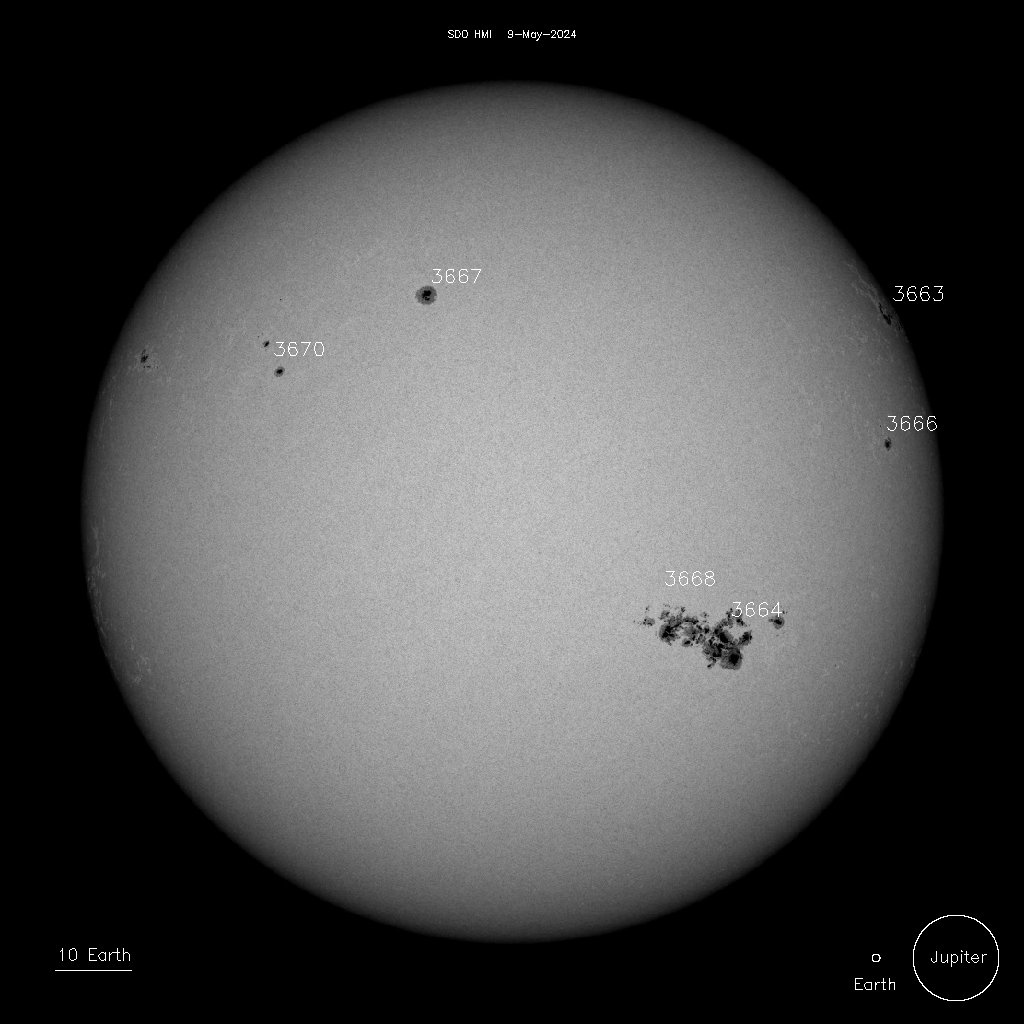
Developing La Niña conditions are likely to continue into Northern Hemisphere Spring 2009.
During December 2008, negative equatorial sea surface temperature (SST) anomalies strengthened across the central and east-central Pacific Ocean (Fig. 1).Correspondingly, the latest weekly SST index values were -0.3°C in Niño-1+2, -0.9°C in Niño 3, -1.1°C in Niño 3.4, and -0.7°C in Niño 4 (Fig. 2).
The subsurface oceanic heat content anomalies (average temperatures in the upper 300m of the ocean, Fig. 3)
also became increasingly negative as below-average temperatures at thermocline depth strengthened in the central and eastern Pacific (Fig. 4).
Convection remained suppressed near the International Date Line, and became more persistent near Indonesia during December. Low-level easterly winds and upper-level westerly winds also strengthened across the equatorial Pacific Ocean. Collectively, these oceanic and atmospheric anomalies reflect the development of La Niña.
Nearly all of the recent forecasts for the Niño-3.4 region indicate a continuation of below-average SSTs through the first half of 2009, with at least one-half predicting La Niña conditions throughout the period (Fig. 5).While the magnitude of cooling remains uncertain, NOAA’s official La Niña threshold (3-month average of the Niño-3.4 index less than or equal to -0.5°C) is expected be met at least through January-March 2009. Therefore, based on current observations, recent trends, and model forecasts, La Niña conditions are likely to continue into the Northern Hemisphere Spring 2009...
When polar ice melts it takes a lot of heat out of the environment to melt it.
Most of the global warming observed has taken place at the poles. It can be easiest observed in the summers, which are warmer at the higher latitudes than ever measured before. Also, with the increased melting of both the thinner transient ice and the permafrost ice in the summer, more open water is exposed in the winter. In the past, this water was insulated under ancient ice. It takes a lot of heat out the environment when it freezes in the winter darkness.
Plus, over the last year the sun has been unusually quiet, causing a cooling effect.
That seems to have recently ended.
Greenhouse warming is real. In fact, some greenhouse warming allows life to exist here. It's just dangerous when unchecked.
But it's not a simple relationship at all. We live under a variable star. Over the last 5 million years or so the world's had about 5 ice ages, where the sun's activity got low enough to allow the arctic ice cap to extend as far south as the ohio river. Similarly it got active enough to melt all that ice, which is pretty incredible if you think about it.
If global warming alone got serious enough to melt the ice cap it would cause pretty incredibly destructive turmoil.
But a new ice age with a mile of ice over Michigan? Or Manhattan?
The point of this is not to stop our efforts to curtail CO2 emissions and human-caused global warming. The point of this is, however, that we should be very reluctant to fight global warming by interfering with the insolation of the planet. We can't predict what we might need in the future.

No comments:
Post a Comment